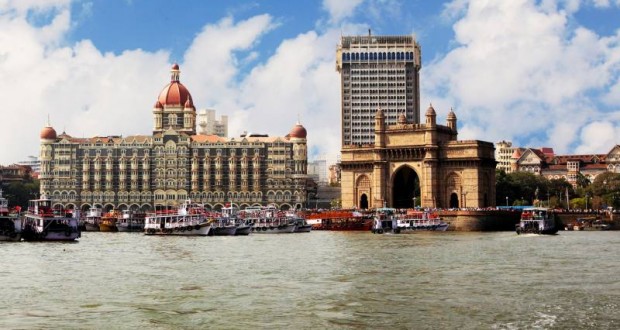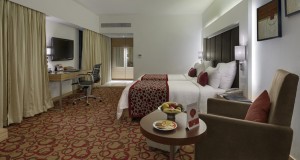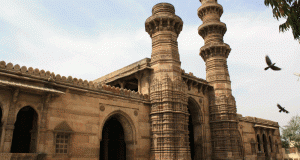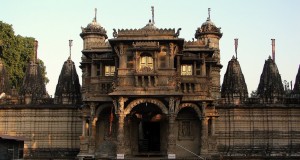Bombay is a dynamic, go-ahead city of tycoons, skyscrapers, film studios and biz business the nearest thing to the West in the East, and the modern Gateway to India. In just 40 years, it has mushroomed from a small, though thriving, coastal port-town of 500 000 inhabitants to a crowded industrial metropolis of 11 million people. A futuristic vision of India, with gleaming luxury hotels, high-rise business houses, and air-conditioned shopping centers, it is an irresistible land of opportunity for the masses of homeless, jobless poor, and refugees that flood in at an average rate of 6000 new families per day. They come in search of work or glamor or money, and most of them end up sleeping on the streets. The result is severe overcrowding and an appalling shortage of housing a second city of ragged, squalid slum dwellings has grown up alongside the modern business capital of gleaming plate-glass buildings. Bombay is, like Calcutta, a city of powerful contrasts, though it’s not just all the problems of modern India that are highlighted here, but all her potential and brighter prospects too.
Here there is hope, optimism, and great prosperity for Bombay handles half the country’s foreign trade, manufactures the same percentage of her textiles, and pays a third of her income tax. The affluent rich a hardworking cosmopolitan mixture of Hindus and Parsis, Jews and Gains , Arabs and Sikhs divert surplus revenue to the philanthropic construction of hospitals, schools, museums and rest houses. But it is Bombay’s ‘action’ that draws everybody here this is a city bursting with life, colour, noise and vitality. And you can almost smell the money.
All this has happened since the Second World War, since the rise of India’s new business class in the wake of Independence. Up until the 18th century, Bombay was just a marshy, diseased quag of seven islands, inhabited by a simple fisherfolk called the Kolis. Their name for the place was Mumbai or Bombaim, after their patron goddess Mumba Aai (Mother Mumba). This was later corrupted into Born Bahia (‘Cgood bay’) by the Portuguese. Ptolemy mentioned the islands as Heptanesia in the 2nd century AD, after which they faded from historical sight until occupied in the 13th century by the Hindu king, Bhimdev. The Sultans of Gujarat held the site briefly, and then the Portuguese arrived (1534).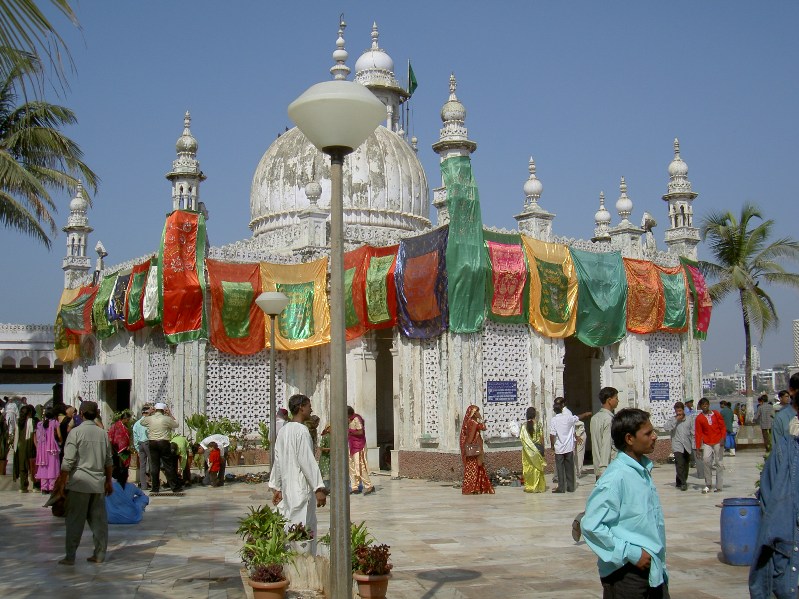
The first flush of Portuguese enthusiasm wore off—they saw its potential as a port, but the malarial swamps dissuaded them from developing it as a trading-post—and they offloaded it on the British, as part of Catherine of Bragapza’s dowry when she married Charles II of England (1661). Charles didn’t see ifs possibilities either, and leased Born Bahia, port and islands both, to the British East India Company for a nominal £10 per year in gold (1668). The Company’s President, Gerald Aungiei, became the founder father of modern Bombay, bringing in the influential Parsi merchant class and a host of assorted artisans and builders, to make possible the conversion of the port from pestilential swampland to thriving trading-centre. By his death, it was well on the way to becoming the centre of all west-coast trade in India. But it was in the mid-19th century that development suddenly became rapid—the railway arrived, so did the first textile mills and Bartle Frere’s stately Victorian buildings. A series of large-scale landreclamation projects took place (1862), the seven isolated mud-flat islands were joined into a single land mass, and Bombay’s future success was assured. An excellent biography of Bombay, City of Gold by Gillian Tindall was reprinted by Penguin India in 1992.
Today, the city is a single, long, peninsula island, a dynamic commercial and industrial centre, and a major international port and city. For the foreign visitor, it is probably the easiest place to acclimatise to India. Westerners tend to like its bright, brash quality (it certainly has more character than colourless Delhi), also its fine international facilities—quality restaurants, shops, bars and real luxury hotels. Also, here there are so many other foreign visitors, you just don’t get the same hassle, stares or curiosity as in many places elsewhere in the country. What you do get is a lot of noisy traffic, smells and garbage. As one Indian journalist warned: ‘Whichever way you enter the city, you are face-to-face with streets pockmarked with rotting garbage dumps, sidewalks in ruins, and general confusion and chaos’.
Past the initial shock, however, Bombay is a fabulous place to be. Despite the chronic overcrowding and teeming traffic, the city boasts some fine parks, a cricket stadium, a couple of nice beaches, and a long sweep of seafront. It’s always possible to escape from the madhouse inner city into quiet environs, and many wise arrivees do just that: heading straight for the peaceful, elegant surrounds of Colaba at the southern tip of the peninsula, to settle into India the civilised way over a cocktail or a light meal at the famous Taj Mahal Hotel near the Gateway. After that, it’s in with the earplugs, on with the smile and the money belt Bombay is a pickpockets’ paradise, and out into some of the most amazing street-life in the world.

